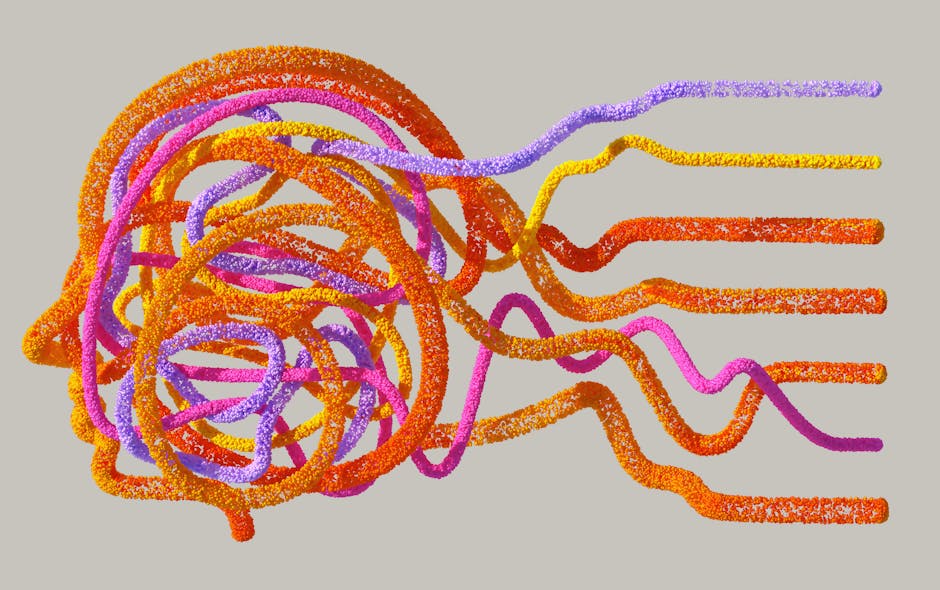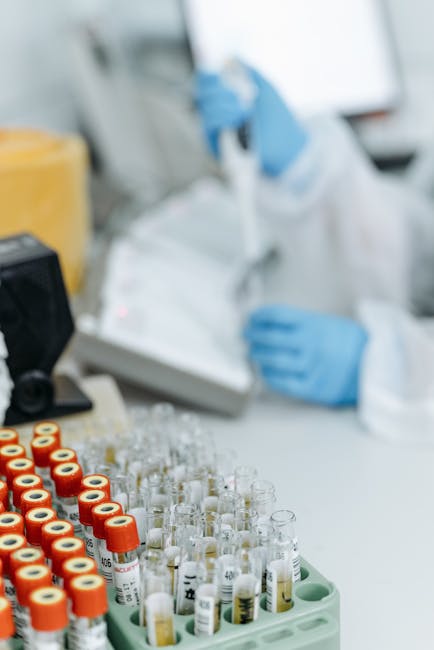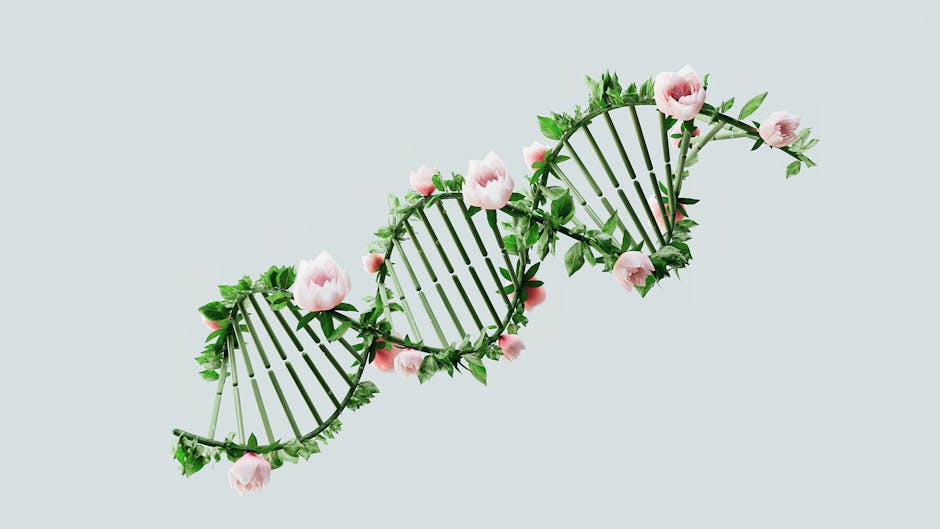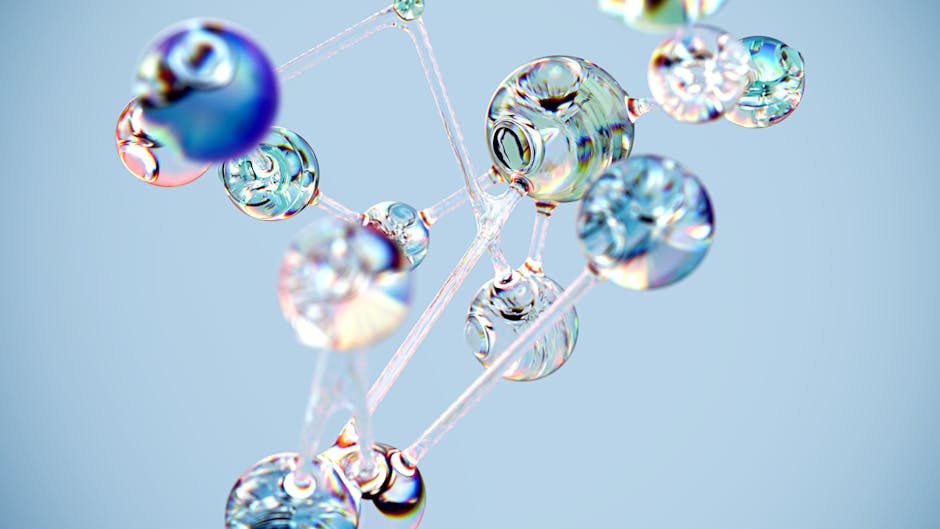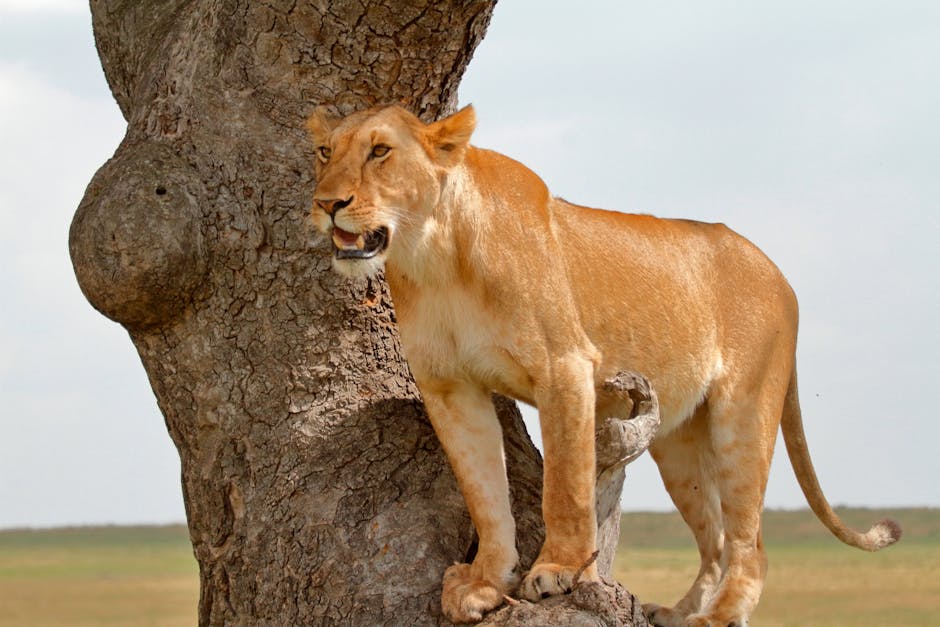The Secret Language of Trees: How Forests Communicate
For decades, the prevailing scientific view painted forests as collections of solitary individuals, silently competing for sunlight, water, and nutrients. A tree was an island. This perception began to radically shift in the late 20th century, largely due to the pioneering work of ecologist Suzanne Simard. Her research in the Canadian forests revealed a breathtaking …

